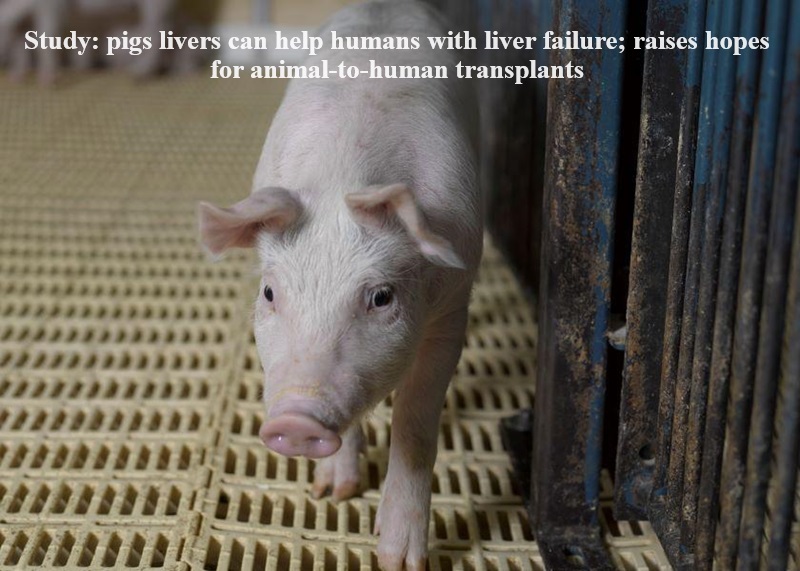
A groundbreaking experiment conducted at the University of Pennsylvania has sparked optimism among medical professionals, suggesting a potential breakthrough in using pigs to assist individuals facing liver failures. The experiment, a first of its kind, involved connecting a pig liver externally to a brain-dead human body, offering a novel approach to animal-to-human organ transplants.
During the experiment, surgeons observed the successful filtration of blood, indicating the potential of using pig livers as a “bridge” for blood cleansing without placing the entire organ inside the human body. This innovative technique could pave the way for new possibilities in organ transplantation.
The unique aspect of this experiment lies in the external utilization of the pig liver, differentiating it from previous attempts to place animal organs within the human body. By using the pig liver externally, researchers were able to harness its blood-filtering capabilities, a critical function for purifying circulating blood and facilitating the organ’s return to normal circulation.
Addressing the challenges associated with human immune system rejection in xenotransplants (animal-to-human transplants), scientists have increasingly turned to genetic modification of pig organs. These genetically modified organs exhibit a more human-like composition, reducing the likelihood of the body rejecting foreign tissue from the animal.
In the recent University of Pennsylvania experiment, a genetically modified pig liver, provided by eGenesis, was connected to a device created by OrganOx. This device, designed to preserve donated human livers before transplantation, played a crucial role in facilitating the external connection and filtration process.
This groundbreaking experiment holds promise for advancing the field of organ transplantation, offering a new avenue for addressing liver failures through innovative techniques involving genetically modified pig organs. The success of this external connection approach opens doors to further exploration and development in the realm of xenotransplants.

Post Your Comments